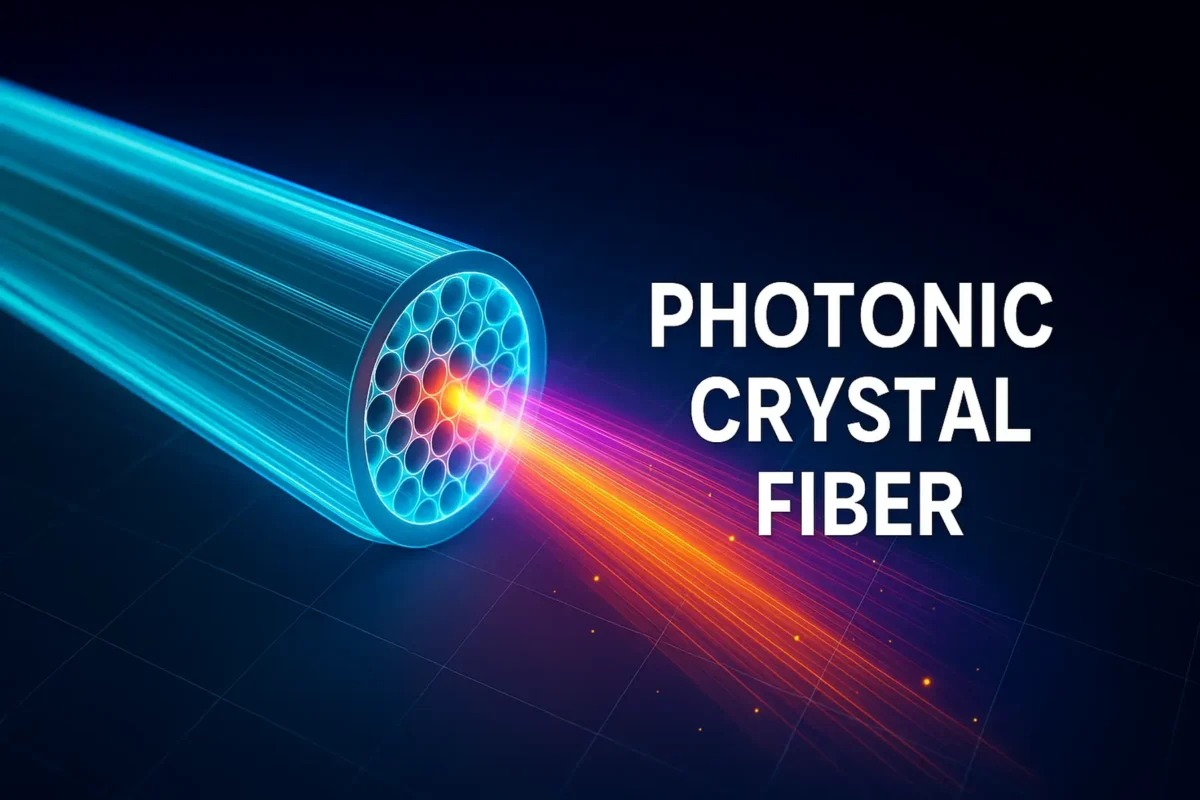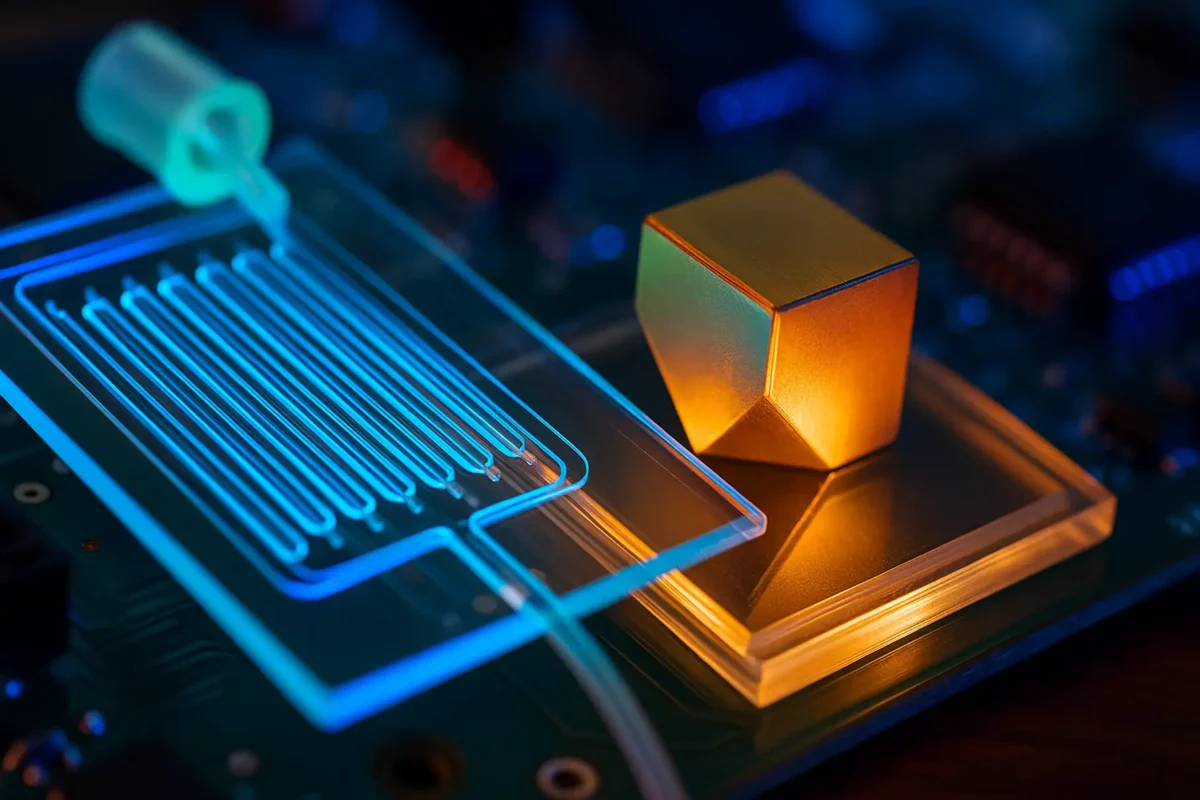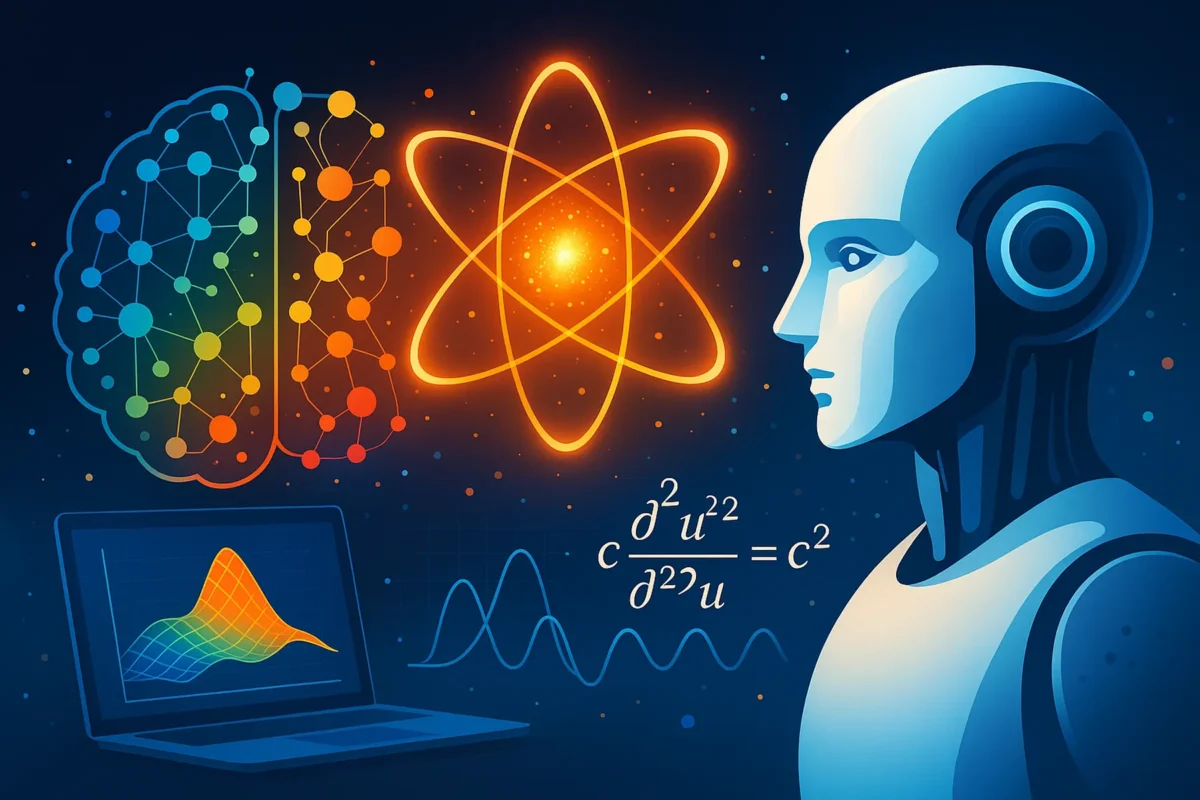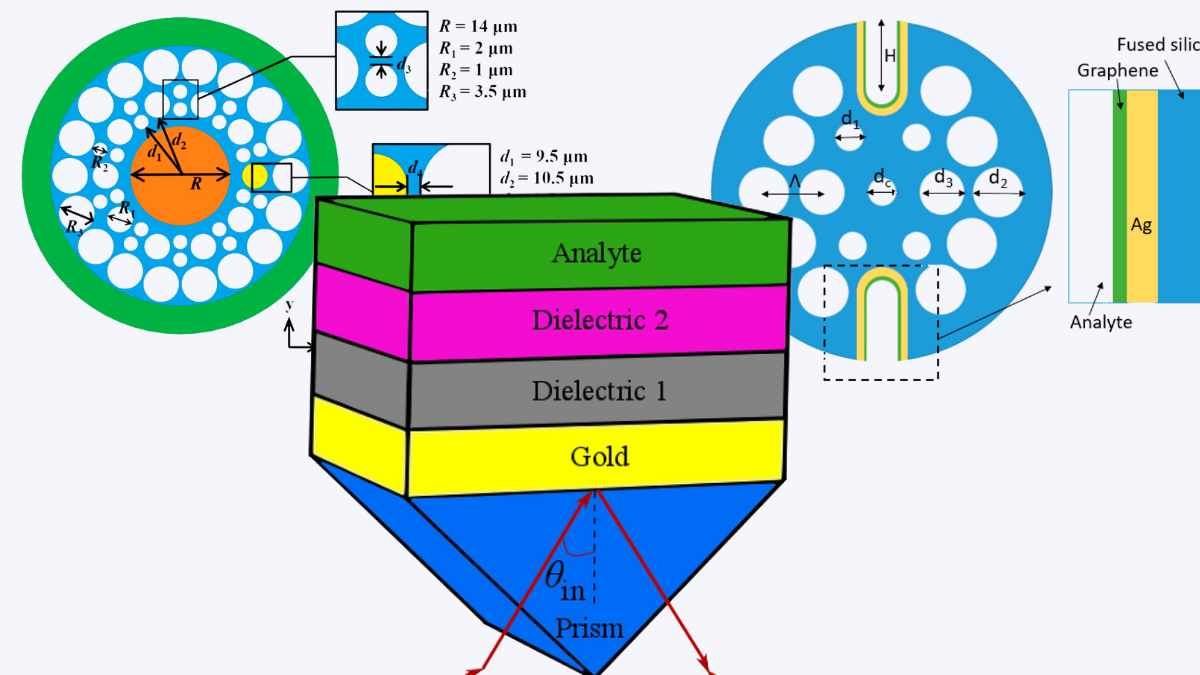Introduction What Is a Photonic Crystal Fiber? A Beginner’s Guide to the Future of Communication . Photonic Crystal Fiber (PCF), a groundbreaking evolution of traditional optical fiber, represents a transformative class of waveguides engineered using periodic microstructures in the cladding. Unlike conventional silica-based fibers that rely solely on total internal reflection within a homogeneous core-cladding […]










